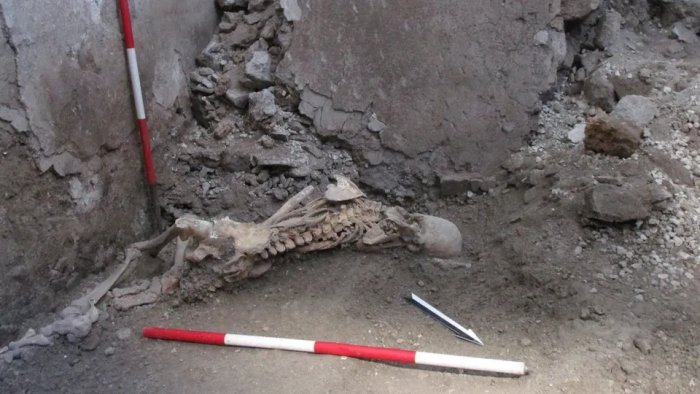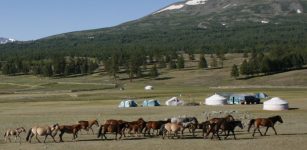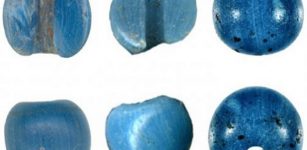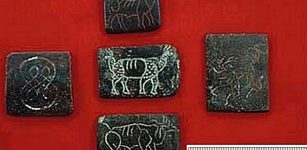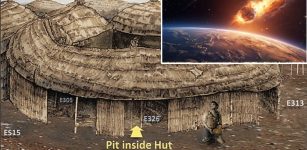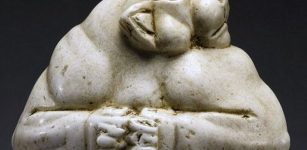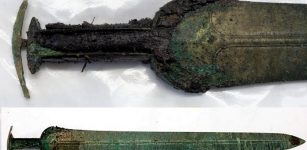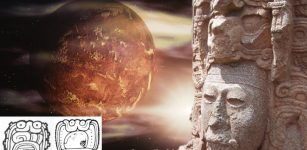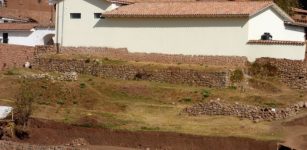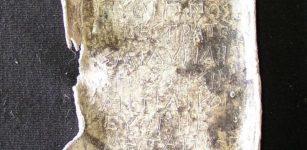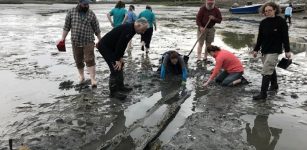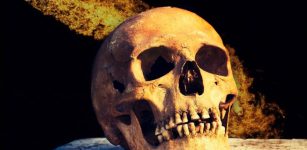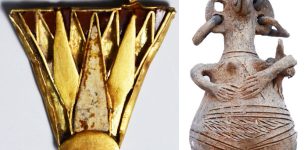Deadly Catastrophe In Pompeii And An Overlooked Piece Of The Well-Researched Disaster
Conny Waters - AncientPages.com - Recent archaeological investigations have yielded an additional significant finding, further contributing to the well-documented tragic history of Pompeii.
This ancient settlement, formerly a prosperous tourist destination situated south of Rome, continues to provide valuable insights into the catastrophic events that occurred its inhabitants.
At the same time as the volcanic eruption, an earthquake struck, impacting the city of Pompeii. The tragedy of Pompeii has been well researched by researchers.
On August 24, 79 CE, the eruption of Mount Vesuvius caused a catastrophic event of significant geological and historical importance.
One individual's skeleton in Pompeii: Probably killed by a falling wall. Image credit: Pompeii Archaeological Park
Within a brief period, the volcano discharged substantial quantities of ash and volcanic debris, resulting in the rapid accumulation of a three-meter-deep stratum over the city.
The conditions rendered survival outside - unfeasible. and inhabitants found themselves confined within their dwellings, entombed beneath the volcanic matter, or succumbing to asphyxiation as toxic gases permeated the urban environment.
Interestingly, a study has revealed an overlooked piece of the well-researched disaster.
"We found strange anomalies that did not match the effects of volcanic phenomena described in the literature on Pompeii," said volcanologist Mauro Di Vito of the Vesuvius Observatory. "There had to be another explanation."
Two skeletons discovered in Pompeii revealed a surprising finding. Their positions and bone injuries suggest they died from an earthquake, not the volcanic eruption, occurring around the same time.
View from the north of the northern sector of room A during the excavation. The skeletons of two individuals lay in the south-western (individual 1) and south-eastern corner (individual 2). Insets: close-up view of the skeletons; note the accumulation of wall debris close to the individual 1 (it also covered the skeleton) and the large wall fragment on the pelvis and right lower limb of the individual 2. Image source
Two Pompeians, around 50 years old, survived the initial volcanic eruption but they unfortunately died when their building collapsed under the weight of sediment. Their skeletons were found on top of volcanic deposits, suggesting they weren't killed by heat or ash inhalation.
A team led by Domenico Sparice published this conclusion in Frontiers in Earth Science.
One victim likely died from a falling wall. Evidence suggests the other tried unsuccessfully to shield himself with a wooden object. Their injuries resemble those of modern earthquake casualties.
For the study, a collaborative effort among experts from archaeology, volcanology, anthropology, and geology was undertaken. This multidisciplinary approach allowed for a comprehensive examination of the bone fractures of the two skeletons, the Roman building techniques, and the sequence of events that led to the collapse of the corresponding building.
According to the researcher: "These intricate relationships can be likened to a complex puzzle wherein all components must be accurately aligned to discern the comprehensive image."
The research findings indicate that a seismic event, in conjunction with the eruption of Mount Vesuvius, likely played a significant role in the devastation of the ancient city of Pompeii. This conclusion suggests that the destruction of Pompeii was the result of a complex and intricate interplay of geological phenomena, rather than solely attributable to volcanic activity.
Paper - Frontiers In Earth Science
Written by Conny Waters - AncientPages.com Staff Writer


